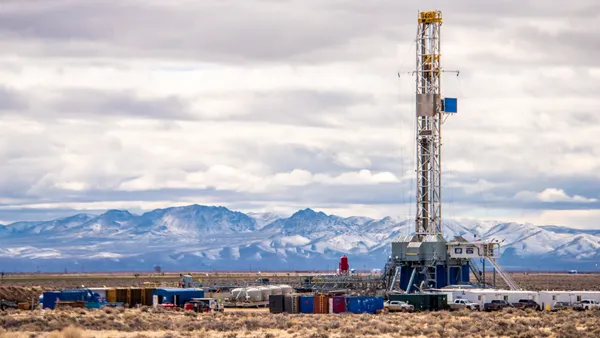Dive Brief:
- The Department of Treasury released guidance Friday for how companies can qualify the sustainable aviation fuel tax credits included in the Inflation Reduction Act.
- Treasury will give SAF manufacturers an additional $0.01 per gallon over the $1.25 base credit for each percentage point over 50% the fuel reduces lifecycle greenhouse gas emissions. The credit will cap at $1.75 per gallon.
- The Environmental Protection Agency, Federal Aviation Administration and Departments of Agriculture, Energy and Transportation will release an updated version of its Greenhouse Gases, Regulated Emissions, and Energy Use in Transportation model in March to provide additional methodologies for determining the lifecycle emissions of SAFs.
Dive Insight:
The credit guidance was a collaborative effort between the Treasury, EPA and the Departments of Agriculture, Energy and Transportation. Any fuels that currently reduce greenhouse gasses by 50% under the Carbon Offsetting and Reduction Scheme for International Aviation standard will qualify for the credit.
Biomass-based diesel, advanced biofuels, cellulosic biofuel or cellulosic diesel approved under EPA’s Renewable Fuel Standard can all qualify under the newest standards.
U.S. Climate Envoy John Podesta called SAFs a “critical tool for tackling the climate crisis,” and Transportation Secretary Pete Buttigieg said now is the time to build the aviation industry’s capacity to limit carbon emissions.
“America ushered in the jet age, and aviation is a key part of our economy, society, and way of life,” Buttigieg said. “But the safety and sustainability of aviation depend on its ability to reach its goal of net-zero carbon emissions by 2050.”
Once EPA, DOT, DOE and USDA announce an updated GREET model in March 2024, Treasury plans to release additional guidance for how the new standards will apply to the credit and allow SAF manufacturers to apply the lifecycle GHG rates to sustainable flight fuels sold in 2023 or 2024.
The guidance was welcomed by the Americans for Clean Aviation Fuels and Senate Finance Committee Chair Ron Wyden, with the ACAF’s States Director Nick Boeyink calling the guidance a “potential win-win” for farmers, the economy and the environment.
“With the right policies in place, SAF can become a homegrown energy source that harnesses the economic power of America’s fields and farmers, while ensuring domestic energy security, and reducing emissions in the aviation sector," Boeyink said.
These additional fuel tax credits come as companies test how to effectively use SAFs. General Electric’s Aerospace division recently reached a SAF milestone, having tested its 10th engine that uses 100% sustainable aviation fuel. GE Aerospace is now beginning to look at engine component and sub-component level evaluations to determine the components impacted by the SAFs and whether the type of SAF changes engine operability, efficiency, durability or emissions.










